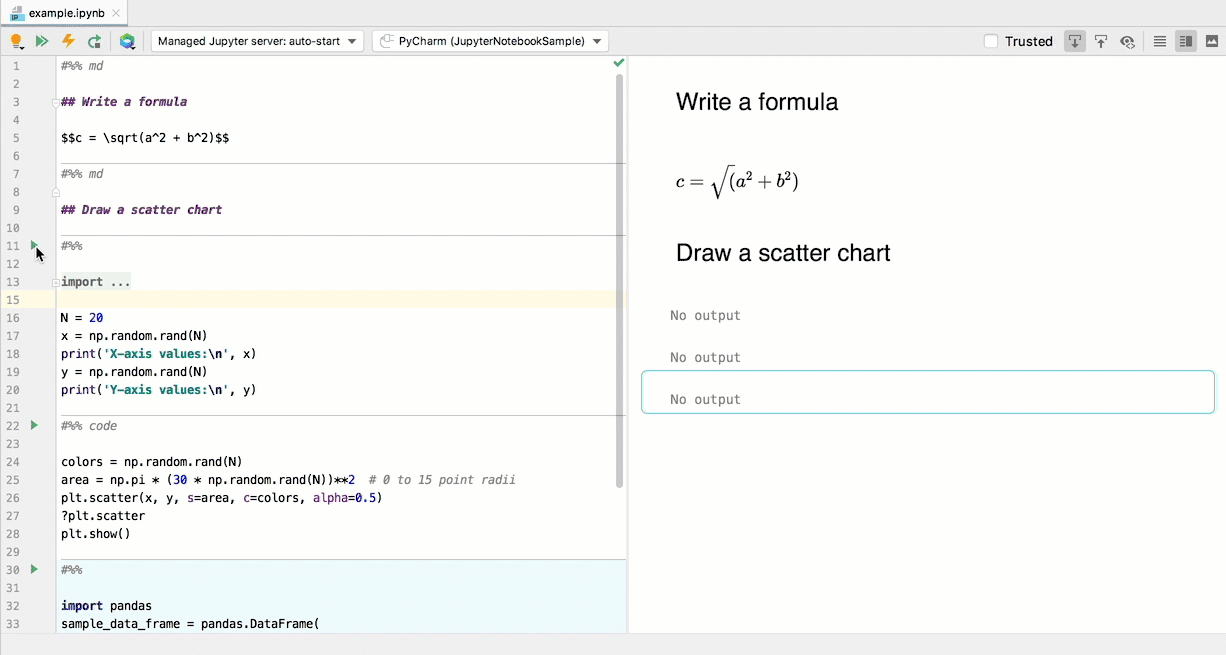
You can also place an init script to place in /etc/init.d/emacsd. One easy way to start the Emacs daemon is via “Settings > Session and Startup > Application Autostart”. There are other ways to launch emacs -daemon depending on your requirements. Save it as and then install it: systemctl daemon-reload Instead, you can use this unit file: ĭescription=Emacs: the extensible, self-documenting text editorĮxecStart=/usr/bin/emacs -daemon -user %uĮxecStop=/usr/bin/emacsclient -eval "( progn (setq kill-emacs-hook 'nil) (kill-emacs))" ĮxecStop=/usr/bin/emacsclient -eval "(kill-emacs)"Įnable the unit by running: systemctl enable -user emacsĬentOS 7 does not support -user configurations for systemd. All you need to do is copy this to ~/.config/systemd/user/rvice. The following configuration file rvice will be included in the standard Emacs installation as of 26.1. Systemd is the supported method of running applications at startup on most Linux distributions. In Emacs 26.1+, you can force the daemon to run in the foreground: emacs -fg-daemon Daemon mode starts Emacs loading the user’s standard init files, but headless. This feature was introduced in Emacs 23.1. This page focuses on how to launch the server at startup, a.k.a.

This involves two configuration steps: using EmacsClient to open files, and running the Emacs server. This saves you from having to load configuration and packages for every new file you open. Emacs supports a client/server mode where new files are opened in a running instance of Emacs.


 0 kommentar(er)
0 kommentar(er)
